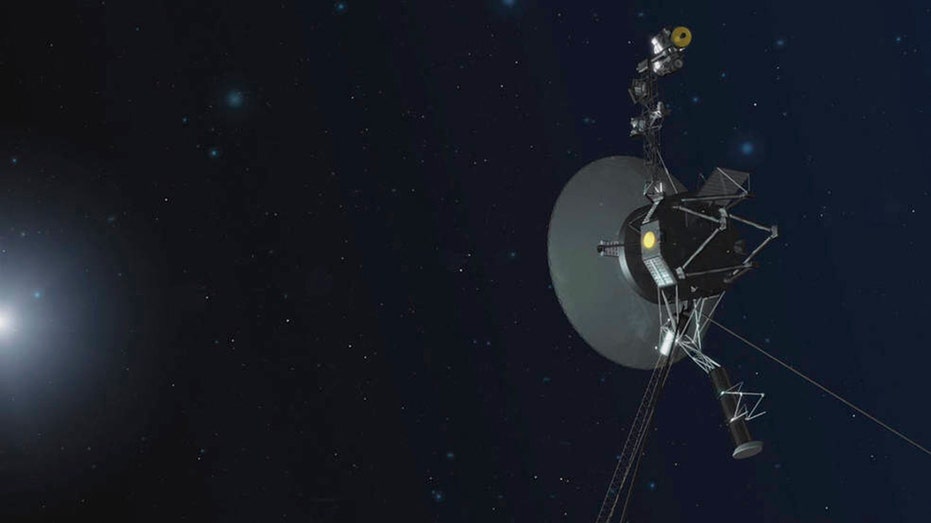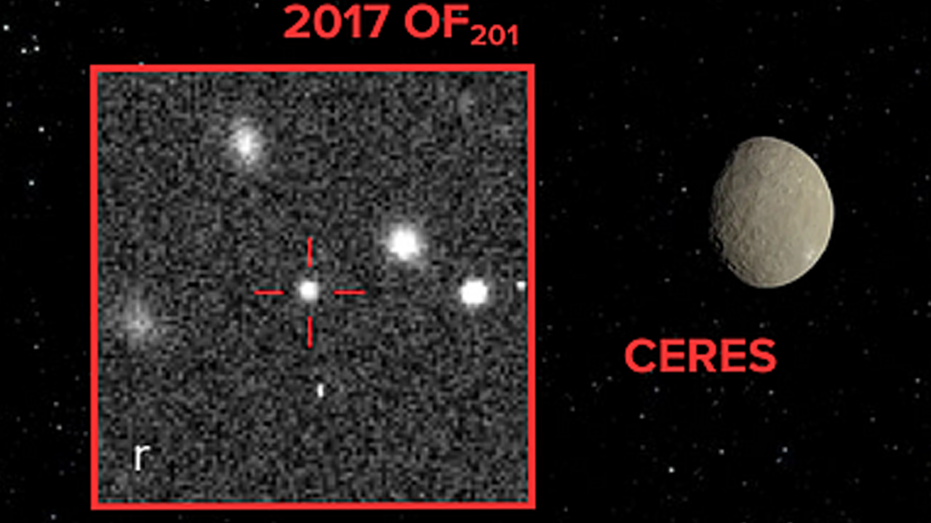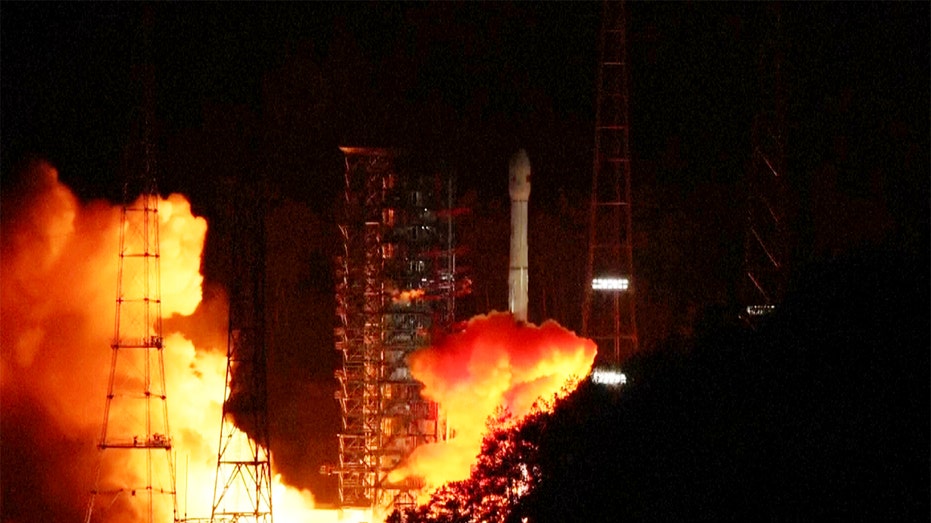NASA Reconnects with Voyager 1 Using Decades-Old Technology

Sarah Johnson
March 3, 2025
Brief
NASA regains contact with Voyager 1, over 15 billion miles from Earth, using its vintage S-band transmitter for the first time since 1981 after recent communication issues.
NASA has pulled off a cosmic reunion, re-establishing contact with the interstellar Voyager 1 spacecraft, which is currently over 15 billion miles away from Earth. What’s even more amazing? They did it using a frequency that hasn’t seen action since the early 1980s. Talk about vintage tech coming to the rescue!
Voyager 1, launched in 1977, has had its fair share of communication hiccups over the decades. Most recently, in November 2023, it stopped sending readable data to NASA’s Jet Propulsion Laboratory in Southern California. It wasn’t until April 2024 that mission controllers regained the ability to send commands to the spacecraft.
Adding to the drama, Voyager 1’s fault protection system—which is designed to conserve power during system issues—recently turned off one of its two transmitters. This was likely triggered by power supply concerns, according to NASA engineers. On October 16, NASA sent a command to activate one of the spacecraft’s heaters. Considering the spacecraft's distance, the command took nearly 23 hours to reach Voyager 1, and another 23 hours for the response to make its way back to Earth. Patience, thy name is interstellar communication.
However, by October 18, the Deep Space Network lost Voyager 1’s signal. It turned out that the fault protection system had slowed down the transmitter’s data rate, causing changes to the X-band signal NASA was monitoring. On October 19, communication with Voyager 1 was lost entirely when the spacecraft switched to its backup S-band transmitter, a system it hadn’t used since 1981. Clearly, this spacecraft isn’t afraid to dig into the archives.
NASA engineers, true to their reputation for ingenuity, managed to detect Voyager 1’s faint S-band signal. They chose caution over speed, opting to verify the S-band transmitter’s functionality before attempting to reactivate the X-band transmitter. By October 22, the S-band transmitter was confirmed to be operational, and the team is now investigating what triggered the fault protection system in the first place.
Voyager 1’s journey has been nothing short of legendary. Along with its twin, Voyager 2, it launched to explore the gas giants of our solar system. While Voyager 2 went on to visit Uranus and Neptune, Voyager 1 used Saturn’s gravity to sling itself past Pluto and into interstellar space. Along the way, it sent back unforgettable images of Jupiter’s Great Red Spot and Saturn’s iconic rings.
Now, nearly five decades into its journey, Voyager 1 continues to defy the odds, proving that even the oldest tech can still surprise us. Here’s hoping NASA gets everything back to normal soon; this spacecraft’s odyssey is far from over.
Topics
Editor's Comments
Voyager 1 switching to a transmitter it hadn’t used since 1981? That’s like pulling your old Nokia out of a drawer and finding it still works. This spacecraft has more survival instincts than most reality show contestants, and its resilience is nothing short of inspiring. Let’s hope NASA uncovers the mystery behind the fault protection triggers soon, because this interstellar saga deserves to keep going!
Like this article? Share it with your friends!
If you find this article interesting, feel free to share it with your friends!
Thank you for your support! Sharing is the greatest encouragement for us.



